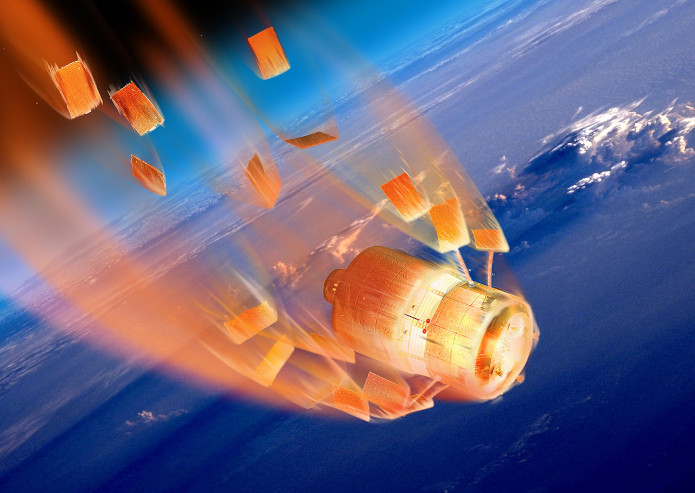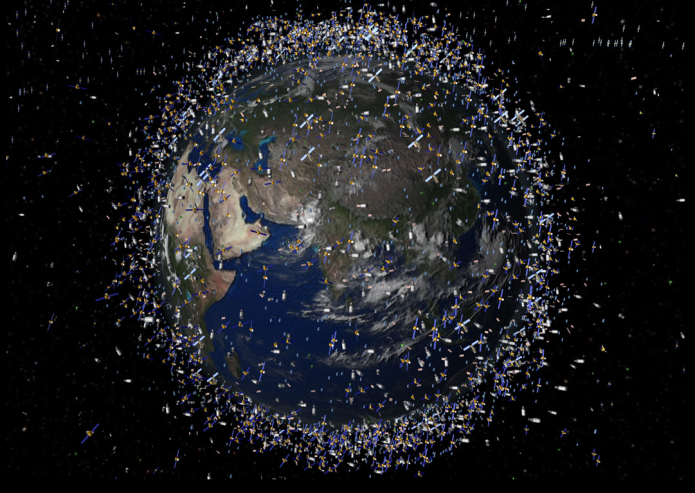ESTIMATE
European Space maTerIal deMisability dATabasE
Due to their very high velocities space debris fragments are an increasing problem for space activities. Furthermore, these fragments are also a potential risk for public safety. While small pieces usually burn up during atmospheric re-entry, larger pieces reach the earth's surface regularly. Typical examples are rocket upper stages and satellites in low orbits that have reached their end of life or run out of control. More extreme examples are space stations, such as ISS or Mir. The increasing interest of the public in this phenomenon has led to an increasing scientific and political interest in understanding and reducing the future risks.
Simulations can be performed to estimate the risk of re-entries. This is done by simulating the effects of the atmospheric re-entry on the structural parts. A required input for this are the properties of used materials. This web page collects measurement data from Plasma Wind Tunnel (PWT) and other tests to characterise material parameters.
How to get access?
Registration is limited to users affiliated with entities in ESA member states and on a need to know basis. If this applies, please request access here and provide a detailed justification why you need access. The request is manually processed then and you'll be informed on the outcome.


